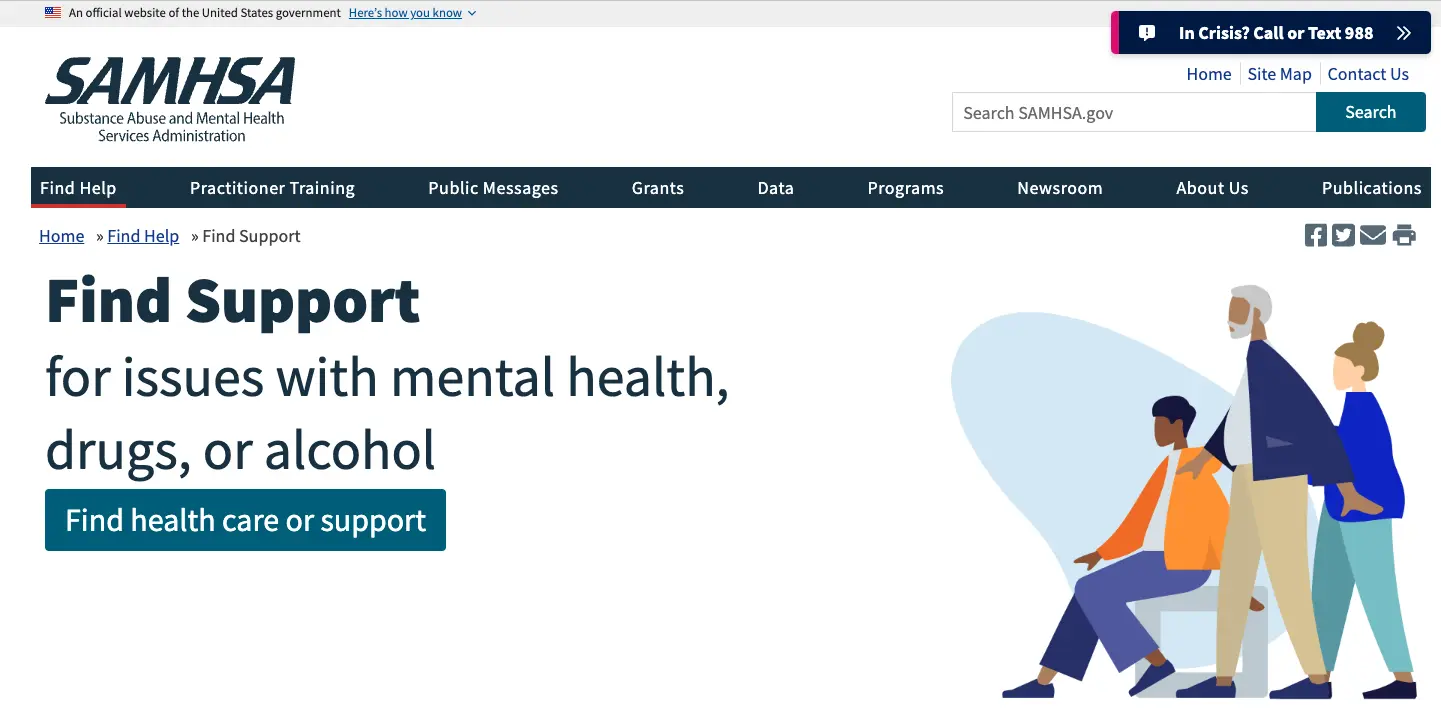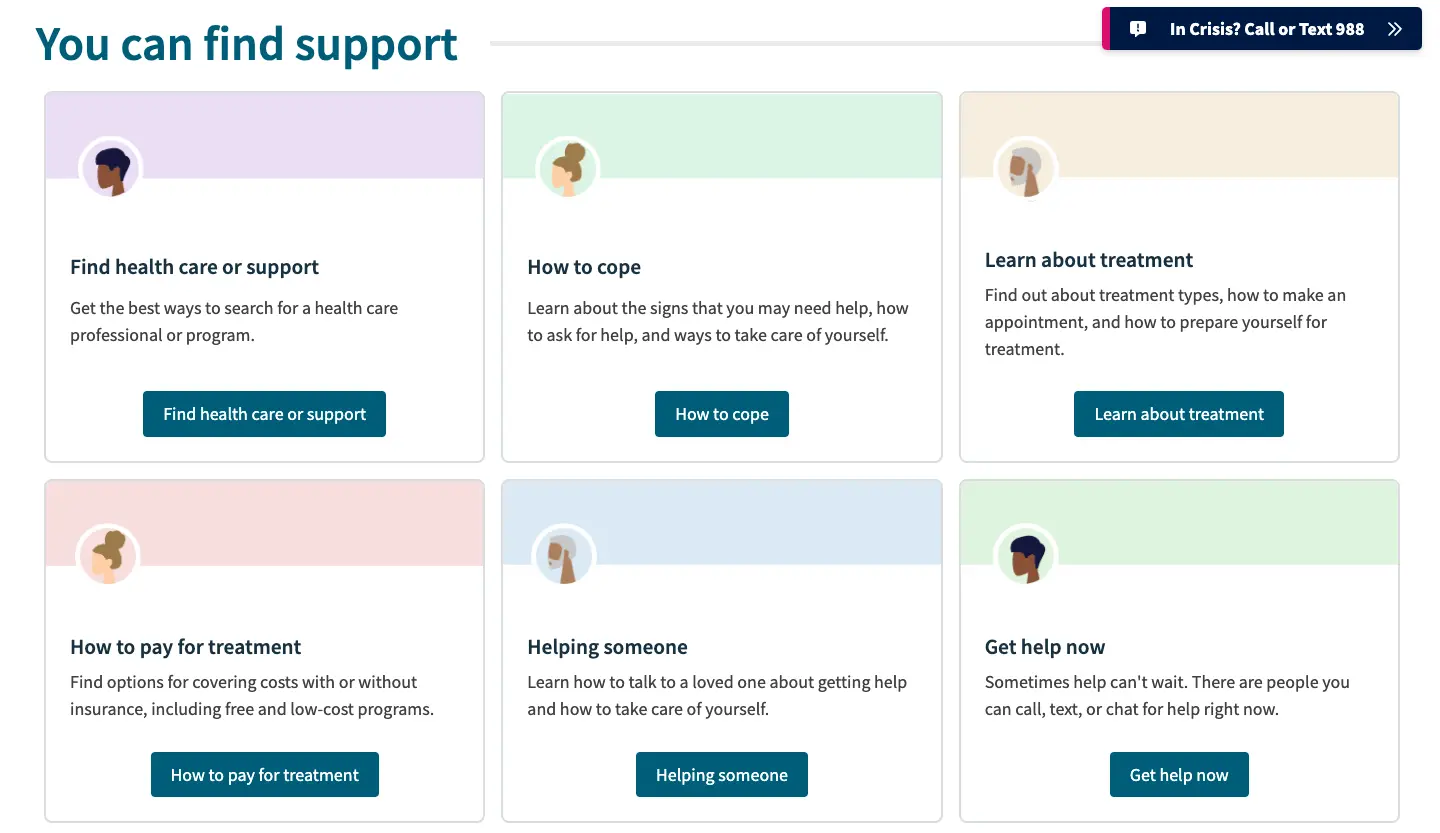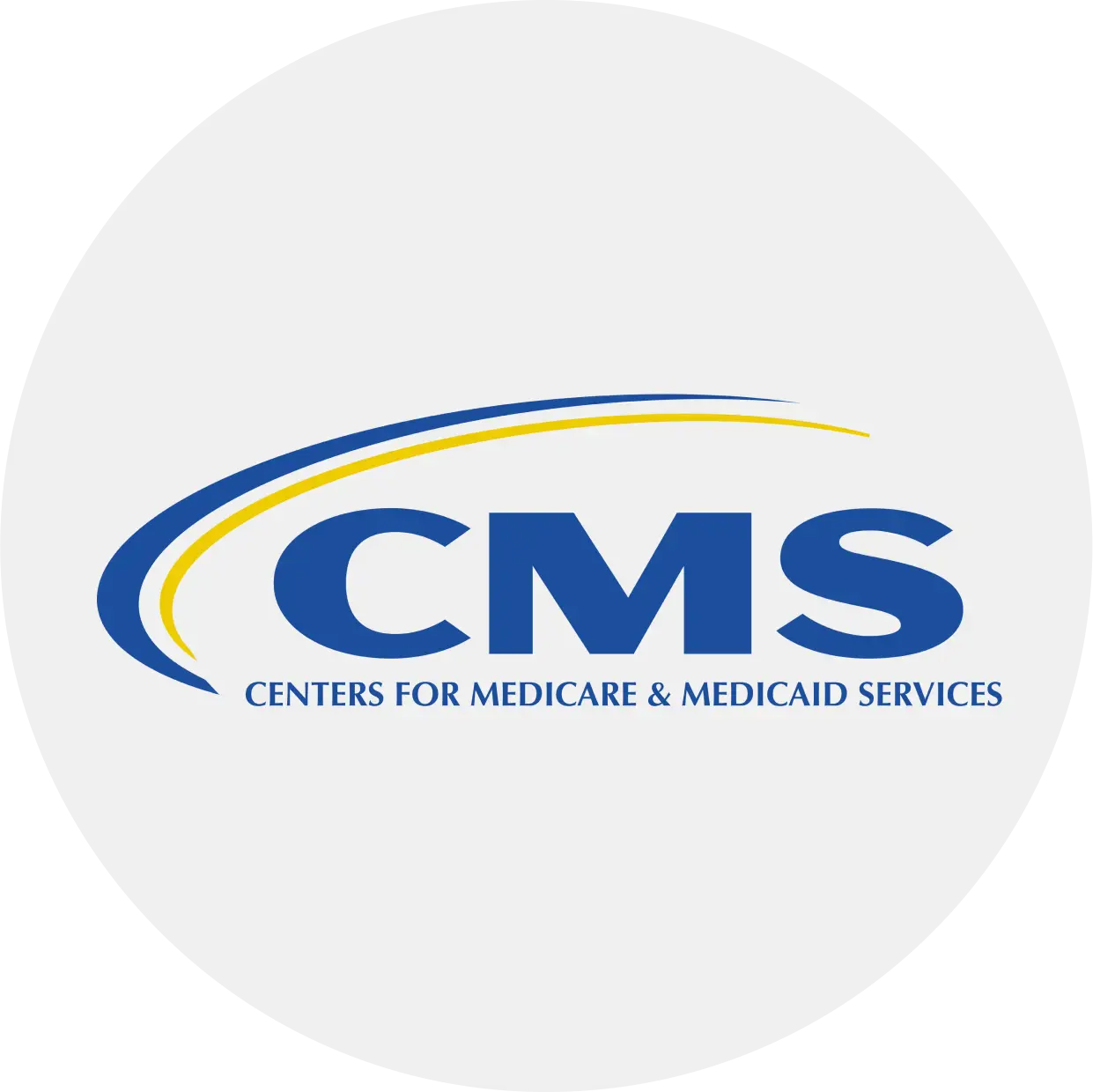Originally published on October 20, 2023
About SAMHSA and CMS
The mission of the Substance Abuse and Mental Health Services Administration (SAMHSA) is to lead public health and service delivery efforts that promote mental health, prevent substance misuse, and provide treatments and supports to foster recovery while ensuring equitable access and better outcomes.
The Centers for Medicare and Medicaid Services (CMS) is the federal agency that provides health coverage to more than 100 million through Medicare, Medicaid, the Children’s Health Insurance Program, and the Health Insurance Marketplace. CMS works in partnership with the entire health care community to improve quality, equity and outcomes in the health care system. The Digital Service at CMS (DSAC) works to transform the U.S. healthcare system by modernizing systems, improving the design of healthcare experiences, participating in policy development, and delivering value to the government, healthcare providers, and patients.
By hosting early-career technologists through the U.S. Digital Corps (USDC), DSAC added fresh product management and human-centered design talent to the team. Both USDC Fellows work to directly further the CMS mission of transforming digital customer experiences for patients, providers, and programs.
The challenge
“Finding the right care or provider can be a frustrating experience. We need to make it easier for Americans to both find help, and receive it.”
— Fact Sheet: President Biden to Announce Strategy to Address Our National Mental Health
In 2020, the U.S. had one death by suicide every 11 minutes. That same year, Congress designated the new three-digit dialing code of 988 to direct to the existing National Suicide Prevention Lifeline beginning on July 16, 2022. This move was broadly seen as a first step toward a transformed crisis care system in America. In the first year of 988, the Lifeline answered nearly 5 million calls, texts and chats.
Historically, the content on samhsa.gov leaned towards an informed audience (i.e., social workers, grant writers, academics). This revealed an opportunity for people who are seeking behavioral health services, especially those who don’t know the best place to start. When members of the general public don’t find the information they need, they leave without knowing how to navigate the complexities of America’s behavioral health care system. Without a trusted source, those seeking services have to rely on sources of questionable credibility, which can increase their feelings of frustration and hopelessness.
The approach
Through user research, SAMHSA and DSAC developed a vision to address this challenge: Give people in America trusted, actionable resources to help with their mental health and substance use issues or that of a loved one.
SAMHSA and DSAC worked collaboratively, with the support of USDC Fellows, to address the gap in available resources. The initial focus was to build a behavioral health locator tool using healthcare provider data collected across the federal government. After a deep dive into the data, along with formative desk and user research, the team discovered that the government does not collect key information that would be most important for people seeking services, such as the addresses of physical locations where care is provided (as opposed to billing addresses) and whether providers were taking new patients.
As a result, the project then pivoted to address what people were seeking, which was information about navigating the complexities of behavioral health issues and related services. By following design principles centered on understanding what people need, and building a simple and intuitive product, the team focused on building what became FindSupport.gov.
The team conducted six rounds of qualitative research with over 60 participants from across the United States, with a mix of online and in-person research. Two USDC Fellows—one designer and one product manager—contributed by facilitating user research sessions in both settings, synthesizing findings, and sharing recommendations to key stakeholders. Participant recruitment focused on people using Medicaid, who are uninsured, with no/low vision, who have experience with mental health and/or substance use issues, and who identify as LGBTQI+.
Researchers followed trauma-informed design best practices throughout the project by providing incentives, setting expectations and boundaries, and being prepared to refer people to crisis services and support as needed. Through an iterative design process, the team incorporated feedback from user research as well as from over 50 subject matter experts across the U.S. Department of Health and Human Services, the White House Domestic Policy Council, the U.S. Department of Veterans Affairs, the U.S. Department of Defense, and non-profit partners to build FindSupport.gov. FindSupport.gov is a plain language, inclusive website that:
- guides people through common questions when they are at the start of their journey seeking care;
- navigates people to find a healthcare professional or program that meets their needs, particularly around insurance;
- helps people ask better questions of their health care professionals so that they can feel confident going into treatment; and
- is structured to answer the most common behavioral health questions asked on search engines so that SAMHSA is positioned to provide trusted content to people across the United States.
Throughout the process, both USDC Fellows managed product development coordination across the two agencies, as well as communicating product roadmaps to the White House Domestic Policy Council (DPC).
The impact
FindSupport.gov launched in May 2023 in conjunction with Mental Health Awareness Month. Feedback collected during user research indicates that this tool addresses a gap in available resources.

In the first 4 months post-launch, the site received over 111,000 views with over one-third of all visitors engaging with the content by continuing to another page. One of the core pages of FindSupport.gov is resources for people in crisis. This page is now linked to from every page on SAMHSA.gov and received over 15,000 views.

“CMS is committed to ensuring everyone can take care of their mental health just as easily as they get treated for a broken bone. FindSupport.gov will help us achieve that goal so that every American can find the right provider. A problem this significant requires everyone to get involved, and I’m proud to join with my colleagues from across HHS in support of the millions of people who need our support.”
CMS Administrator Chiquita Brooks-LaSure, May 5, 2023 press release
digitalcorps.gsa.gov
An official website of GSA’s Technology Transformation Services



